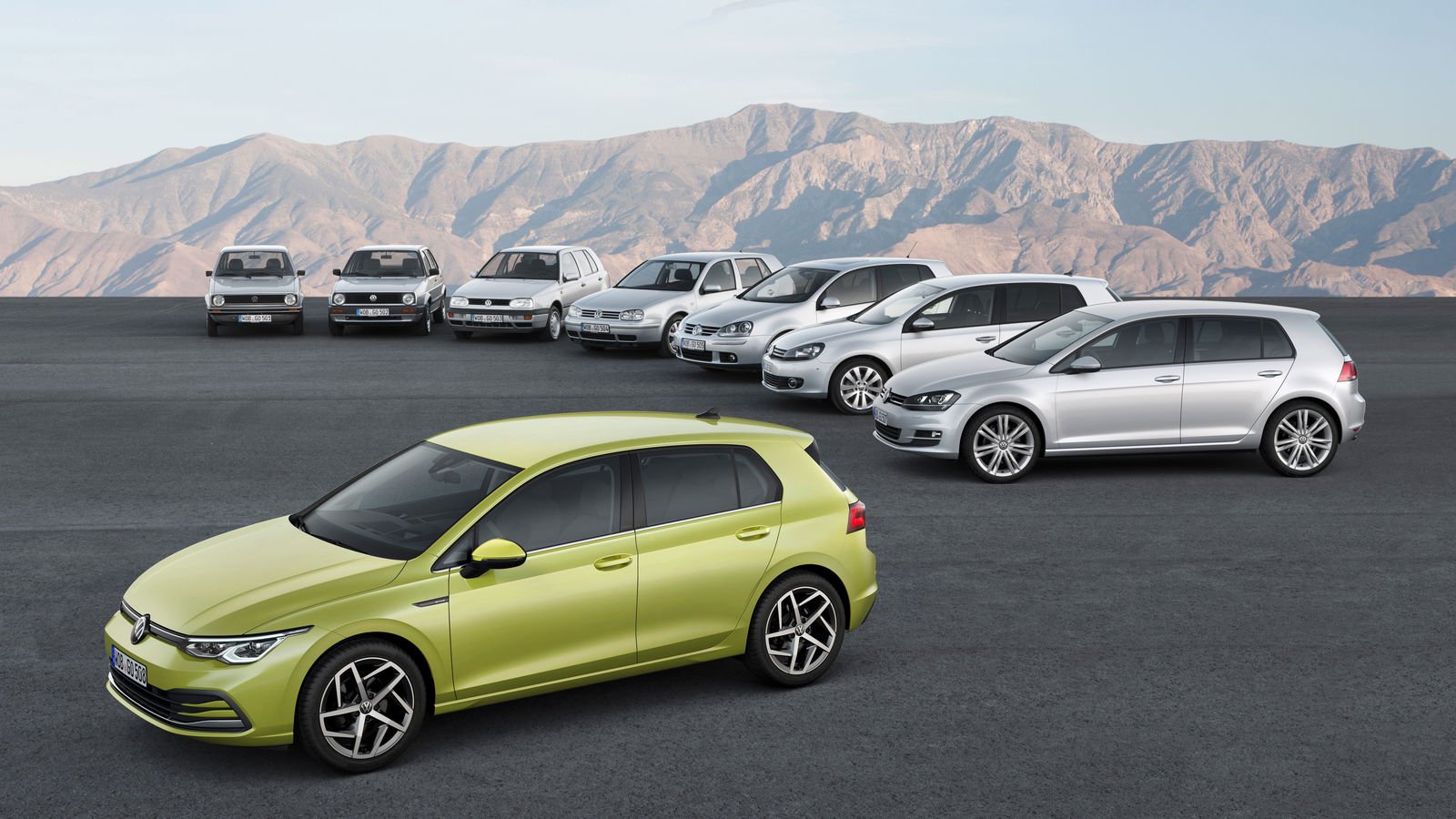A New Year’s Resolution for the Automotive Industry: Must lose weight…
It’s not just people that have been getting bigger and heavier over the years, its cars too – in 1975, the VW Golf weighed 750kg compared to 1265kg today – and this is, literally, a growing problem.
There are some practical reasons for this, including safety, with huge increases in passenger protection, and of course modern cars have far more equipment than cars did 50-years ago – e.g. the original Golf had no power steering, and no electric windows or air conditioning.
The problem is that while creature comforts and passenger safety and desirable, bigger, heavier cars bring their own set of problems, including car parks that leave no space to open your door, increased fuel consumption, greater pollution from tyre and brake wear, longer stopping distances and, most importantly, greater danger to pedestrians.
More recently, the trend towards bigger, heavier cars has been exacerbated by the shift to battery electric vehicles (BEVs). For example, the petrol-engined BMW 7 Series, which in 1976 weighed 1530kg, has grown to a corpulent 2045kg, while the new electric i7 tips (or crushes) the scales at an astonishing 2640kg. That means an i7 with four people and a bit of luggage weighs over three tonnes – a car so heavy that the driver is likely to inadvertently exceed the weight limit on the odd rural bridge - or the not-so-rural Albert Bridge in London. So, having once laughed at the idea of American monster three-tonne pick-up trucks being used for journeys to the shopping mall, we have now reached the point where a European saloon car can weigh as much.
However, there are signs that politicians are starting to take notice. The Mayor of Paris, Anne Hidalgo, has proposed parking charges be tripled for SUVs weighing more than 1.6 tonnes with a combustion engine, or more than 2 tonnes for BEVs. If the proposal is approved in a referendum next month, heavy SUVs will be in trouble. The key issues cited by Mayor Hildago are size and weight, with the later a major factor in increased pedestrian injuries, so it surely can’t be long before this concern begins to apply to other types of overweight vehicles.
When our founders, Timothy Lyons and Matt Faulks set out their vision for Viritech in November 2020, one of the key benefits they identified for hydrogen powertrains is their ability to slash the weight penalty of zero-emission vehicles. As a result, weight, packaging, and performance have been at the centre of the industry leading hydrogen powertrain technologies which Viritech has developed in the past three years. As a real-world example, this translates into powertrain solutions for heavy goods vehicles (HGVs) which can reduce the weight penalty of a battery-electric alternative by 90%.
Zero emissions vehicles are essential to the future of our planet, but let’s not fall into the trap of accepting oversized, over-weight vehicles as a consequence, when hydrogen powertrains offer a way to deliver weight parity with combustion-engined vehicles.

